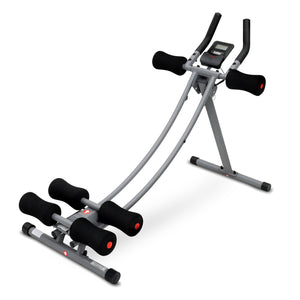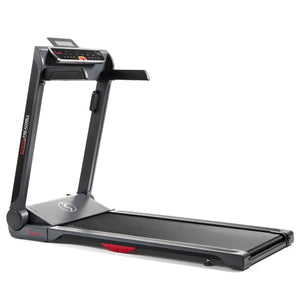Fat burning is your body's ability to convert food into energy. This process involves chemical reactions which, in most cases, produces heat energy. So, while you may not be burning the fat you eat with literal internal fire, it is a good picture to use when describing how your body's metabolism turns the fat you eat into usable fuel.
Maybe you’re interested in burning fat so you can sculpt your body—or get a little more energy out of your exercises. In both cases, it’s important to understand how your body uses fat.
Your body’s metabolism is complex, but it primarily uses three sources for the creation of energy in your body: Fat, protein, and carbohydrates. Your body can digest each of these macronutrients to get the fuel it needs to function. In fact, your body is constantly burning fat for fuel. To increase the amount of fat that you are burning, you need to increase the intensity of your activity, through exercise or other physical activities.
In the exercise world, the “fat burning zone” has been touted to target fat specifically using a percentage of your maximum heart rate (55 percent – 75 percent). When working in this zone for prolonged periods of time, there is a progressive decline of energy derived from other sources and a progress increase in the body’s fat burning process.
If you’re like many individuals that struggle to find time to exercise, it can be hard to follow this fat burning zone recommendation. Fortunately, there is another way you can ensure that you are burning excess fat stores to help reshape the areas on your body.
When you participate in physical activity, your body burns calories. If you eat an abundance of calories and don’t expend additional energy, you may store the excess calories as fat. If you eat less calories than your body requires, your body will look to use fuel sources from areas within your body. One of these areas is your stored fat. Because of this, the amount of food or calories you consume, play a large role in your ability to use the fat on your body without performing hours of activity everyday to burn off the unwanted fat. Eating about 500 calories less than what your body needs to burn each day will help you tap into your fat stores so you start to see a reduction.
Finally, if you have problems cutting back on your calories each day, and you don’t have time for long bouts of cardio activity, increasing the intensity of your workouts can help. An easy way to increase the intensity of your workouts is to perform high repetitions with low-rest resistance training. Training your muscles requires energy while you are working out and after you work out through the repair of the damaged muscle tissue. This process can help you enhance calorie burn and boost your fat burning potential.
It’s important to choose the strategies that is most appropriate for your current lifestyle. If you enjoy long bouts of cardio activity, then try “fat burning zone” activities, if reducing your caloric intake easier for you then reduce you calories each day, and if you like to eat and don’t have much time to work out, start implementing some higher intensity resistance training.



























Add Your Name & Email
Please enter your name and email to continue.We won’t display your email publicly.